Review | Chameleonic Jazz Sage Takes the Arlington
Living Jazz Legend Herbie Hancock, 84, Seizes Spotlight in Rare Santa Barbara Concert
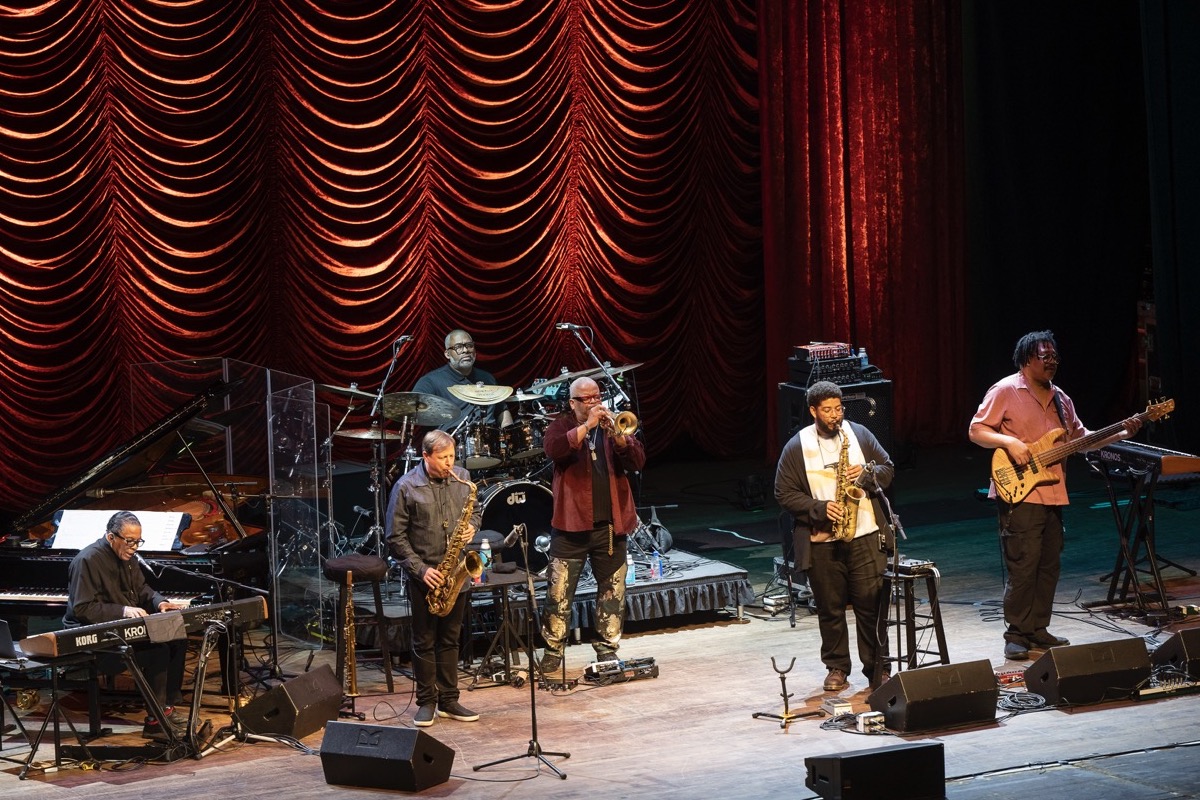
At the end of an energetic two-hour concert at the Arlington Theatre last Wednesday, living jazz legend Herbie Hancock — who had just turned 84 five days earlier — didn’t calmly shuffle offstage during a standing ovation. He literally ran from one end of the stage to the other to greet and press flesh with his fans. That’s the way he rolls, and keeps rolling, and keeps rolling.
Post-show, some members of the sold-out crowd seemed to be in varying states of afterglow, making such age-related comments as “I’ll have some of what he’s having” and “I want to be like him when I grow up.” But, in a sense, age has little to do with it in Hancock’s case: He is just continuing the epic adventure he’s been on for roughly seven decades, summoning up fire and grace, swing and funk, and a deeply rooted musicality beneath it all.
Although he hasn’t released any new albums since the triple play of Possibilities (2005), The Joni Letters (2007), and The Imagine Project (2010), Hancock has been hitting the road and the world stage with impressive regularity in recent years. That’s good news for those of us happy to have an audience with him as a live entity.
Hancock’s smashing Arlington show had at least a couple of distinctions adding to its appeal. This was his first Santa Barbara appearance since a pair of intimate performances at the Lobero Theatre in the ’00s, and with a refreshingly less fusion-oriented band than the one he’s been riding with for many years now. A horn-based front line — featuring the always stunning tenor saxist Chris Potter and captivating youngblood alto saxist Devin Daniels — expanded, on short notice, to include longtime Hancock ally Terence Blanchard on trumpet. While it is always a pleasure to hear the soloing voice of Blanchard, the acclaimed man with the horn and film and opera composer, his reliance on tone-discoloring octave effects muddied our appreciation of his lines.
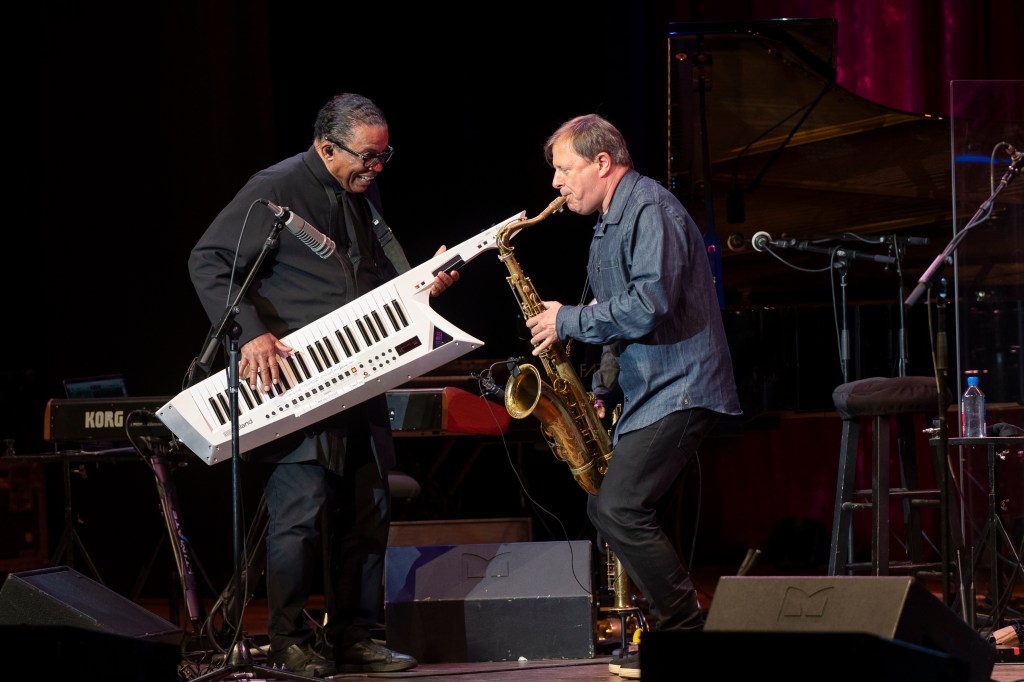
Meanwhile, Hancock himself held forth with his signature bravura and tasteful phraseology, mostly on grand piano. Drummer Trevor Lawrence Jr. and trusty bassist James Genus lent a strong and supple rhythm section force (although it would have been nice to hear some acoustic bass in this relatively unplugged band format). Hancock’s band traversed a savory bevy of themes from throughout his career, including the syncopated maze-like deep cut of his tune “Actual Proof,” from his 1974 album Thrust.
As is Hancock’s habit, he ended the show with an extended jam on his two-chord party-favor ditty “Chameleon.” He roamed the stage, strapped into his portable keytar, swapping sleek licks with Potter, for fun and funk’s sake.
Hancock’s stage-side manner and desire to connect with audiences beyond the usual jazz geekdom earn him a special place among jazz heroes eager to reach beyond the converted. Speaking of the converted, he also devises clever ways of connecting his music and life philosophy to his long-time practice in the Nichiren Buddhist branch (with its mesmeric chant “Nam Myoho Renge Kyo”). In recent times, Hancock has cleverly folded philosophical and positivity-leaning messages into a sophisticated computerized vocoder-style program, using his mellifluous keyboard lines and gorgeous chord progressions to encase and deliver a message.
When the core message is along the lines of equating humanity and unity, as it was last week, who can complain? We’ll have some of what he’s having.
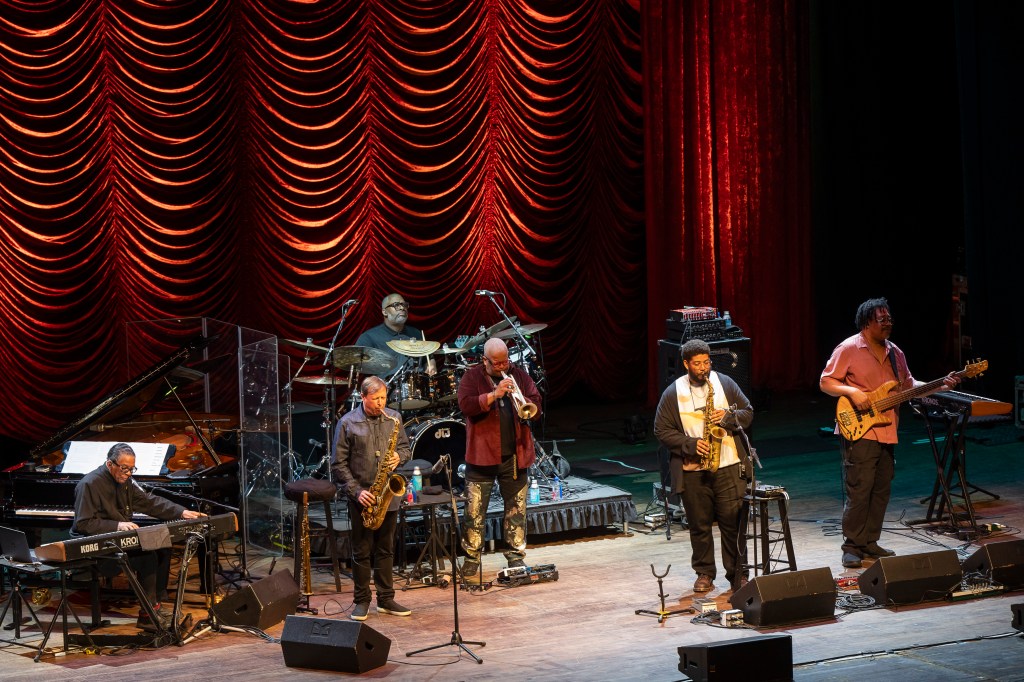



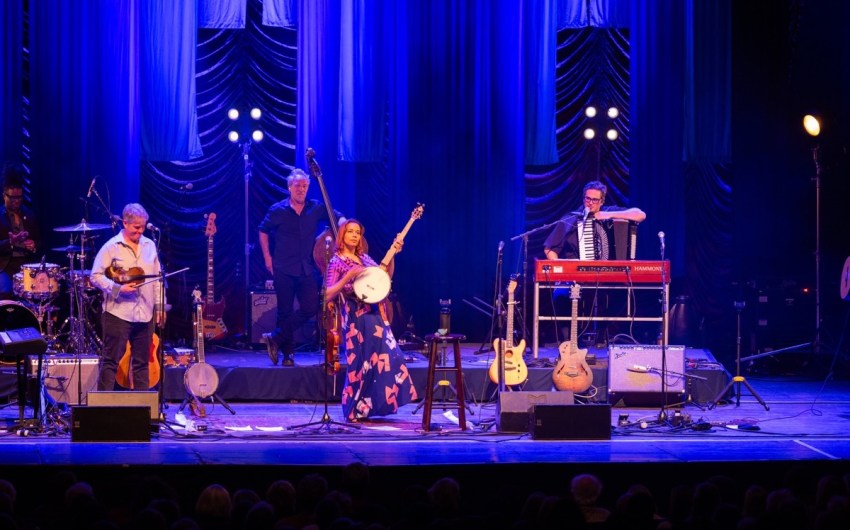


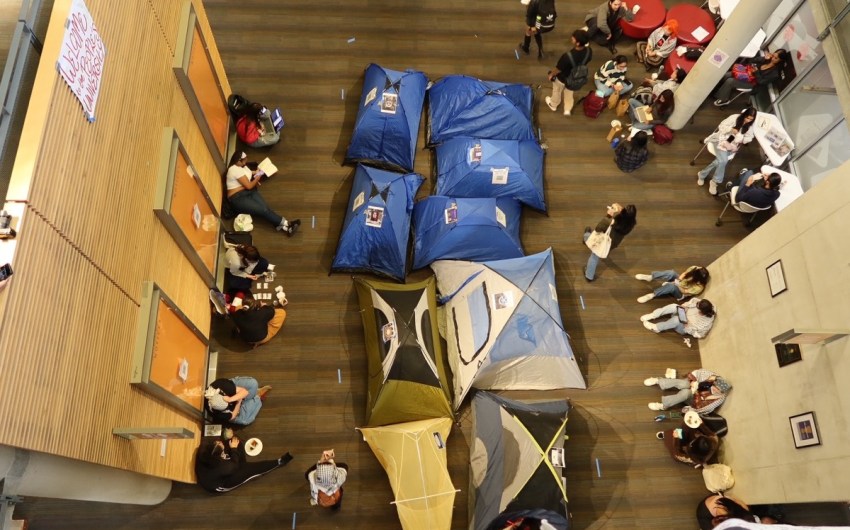

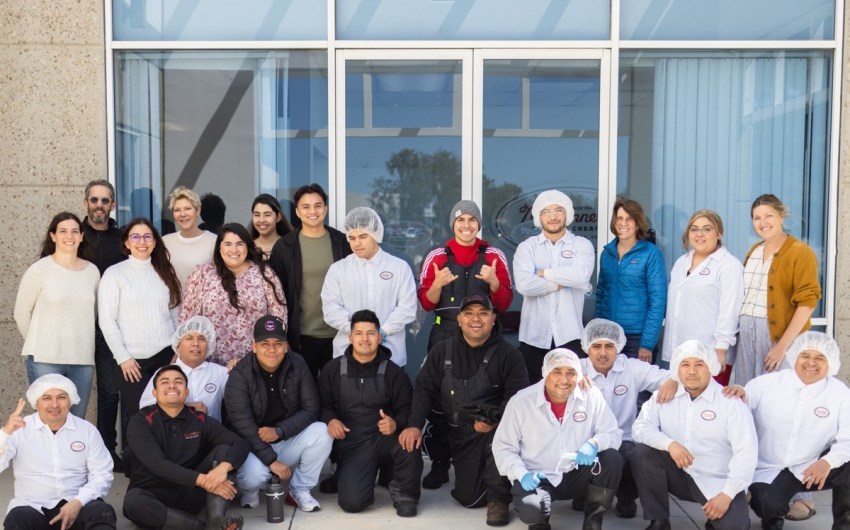
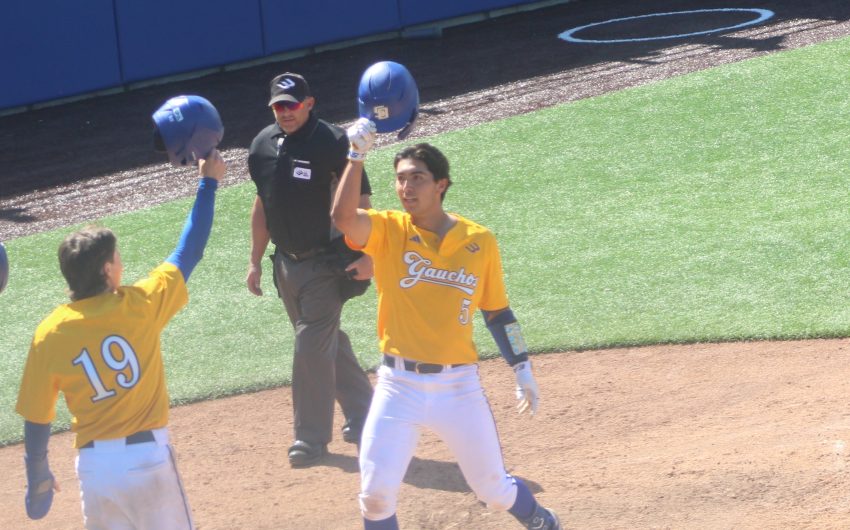
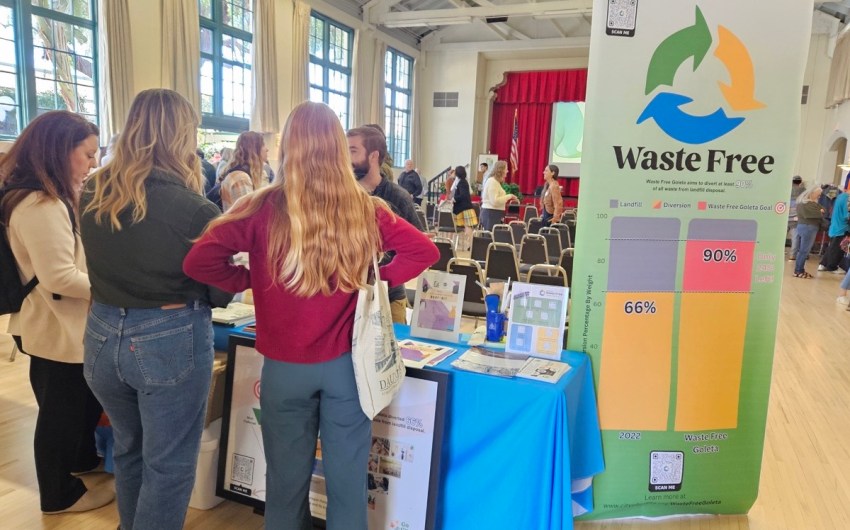
You must be logged in to post a comment.